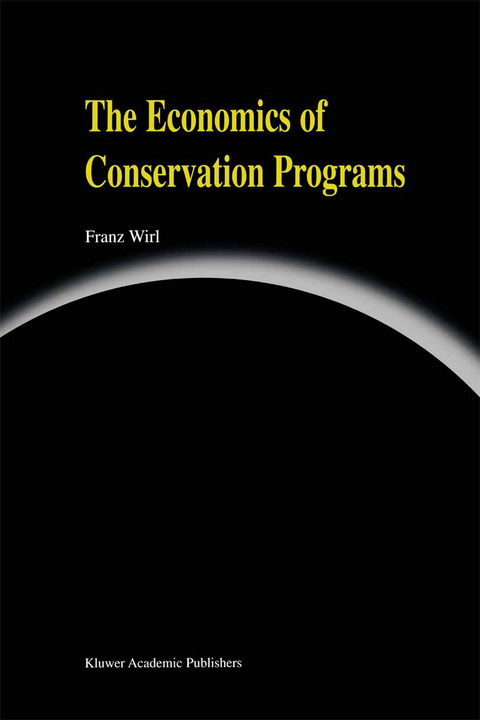
The Economics of Conservation Programs
Springer-Verlag New York Inc.
978-1-4613-7893-8 (ISBN)
1 Introduction.- 2 Economic analysis of energy conservation.- 2.1 Consumers.- 2.2 Firms.- 2.3 Estimation of price elasticities and assessment of the rebound effect: an application to transportation.- 2.4 The energy efficiency of supplied technologies.- 2.5 Derivation of an intertemporal R&D strategy.- 2.6 Energy demand, technology and taxes.- 3 The normative case for demand-side conservation.- 3.1 Market failures.- 3.2 The first best social optimum.- 3.3 Second best efficiency standards for electricity price regulation.- 3.4 Imperfect capital markets.- 3.5 Subsidies when the electricity price is regulated and capital markets are imperfect.- 3.6 Assessment of the social gain from conservation.- 4 Least cost planning.- 5 Incentives to the utility.- 5.1 Shared savings.- 5.2 Mark-ups.- 5.3 Bonus.- 5.4 Optimal conservation incentives to utilities.- 6 Incentives for consumers.- 6.1 A constant investment bonus.- 6.2 Linear bonuses for financial outlays.- 6.3 Conservation bonus according to Lovins.- 6.4 Energy service and third party conservation companies.- 6.5 Bidding for negawatts and price differentiation.- 7 Asymmetric information and strategic consumer reactions.- 7.1 Adverse selection among program participants.- 7.2 Negawatt auctions induce moral hazard.- 7.3 Moral hazard induced by conservation programs.- 7.4 Moral hazard under least cost planning DSM.- 7.5 Standards.- 7.6 United States experience.- 8 Optimal conservation incentives under asymmetric information.- 8.1 Socially optimal incentives.- 8.2 Optimal least cost planning conservation incentives when efficiency is observable.- 8.3 Optimal conservation incentives when efficiency is not observable.- 9 Rate-of-return regulation and incentives.- 9.1 Rate-of-return regulation, no incentives.- 9.2 Rate-of-return regulation plus incentives (shared savings).- 9.3 Review of literature.- 10 Efficiency of DSM and positive explanations.- 10.1 Impact of United States DSM on electricity demand.- 10.2 Problems on the demand side.- 10.3 Regulation.- 11 Summary and concluding remarks.- 12 References.
| Zusatzinfo | IV, 215 p. |
|---|---|
| Verlagsort | New York, NY |
| Sprache | englisch |
| Maße | 155 x 235 mm |
| Themenwelt | Naturwissenschaften ► Biologie ► Ökologie / Naturschutz |
| Technik ► Elektrotechnik / Energietechnik | |
| Wirtschaft ► Volkswirtschaftslehre | |
| ISBN-10 | 1-4613-7893-1 / 1461378931 |
| ISBN-13 | 978-1-4613-7893-8 / 9781461378938 |
| Zustand | Neuware |
| Haben Sie eine Frage zum Produkt? |
aus dem Bereich


